
Scientists have long believed that the Great Salt Lake in Utah was home to only two multicellular organisms: brine shrimp and brine flies. Thanks to recent discoveries, this theory has slightly changed, and it seems that this lake might have a greater ecosystem than they first thought.
A Barren Salt Lake

It was believed that these hypersaline waters were too harsh to support much life beyond brine shrimp and brine flies. Just by looking at this lake, it might not seem like much, and you wouldn’t think that much can be brewing beneath its surface. Instead of an empty salt flat, the lake harbors a surprising variety of microscopic creatures, from resilient worms to unexpected microbial communities, completely changing what scientists thought they knew about harsh environments.
The Role Of Microbialities
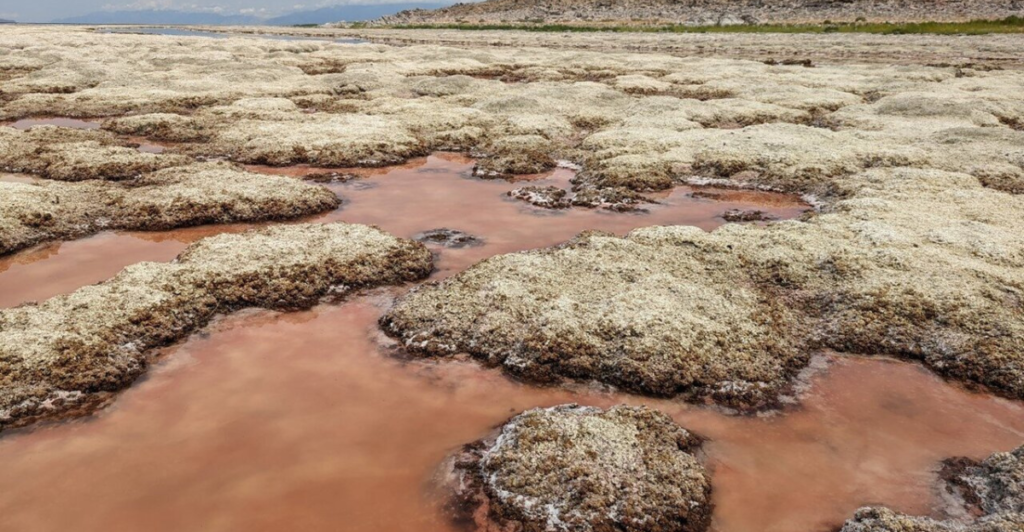
Simple formations called microbialities were long overlooked by researchers. “At first, it was just scooping up segment samples. But then once we noticed microbialites, we shoveled little chunks of them, tried to preserve the layers, and brought them back to the lab,” said biologist Julie Jung from the University of Utah. These formations, built by microbial communities, act as underwater oases. Microbialites support bacteria, archaea, and even small invertebrates, proving the lake is far more biodiverse than once thought.
From Field To Lab

In the spring of 2021, biologists Julie Jung and Michael Werner collected samples from various sites around the lake. They carefully preserved layers of microbialites and transported them to the lab for analysis, where they successfully identified live worms in each sample.
Surviving Extreme Salinity
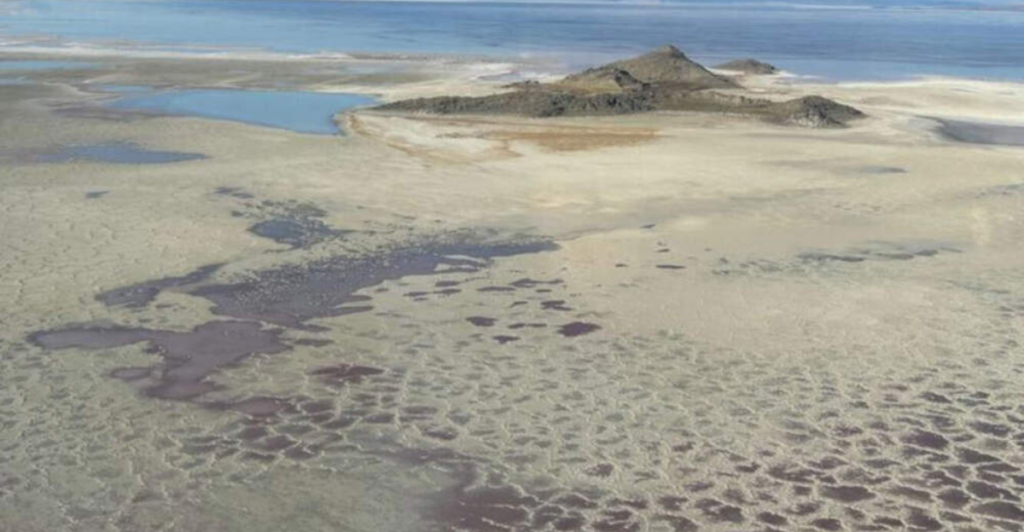
The nematodes (worms) found in the Great Salt Lake inhabit environments three to six times saltier than the ocean. This is known to be one of the most saline environments these critters thrive in.
Understanding Survival Mechanisms
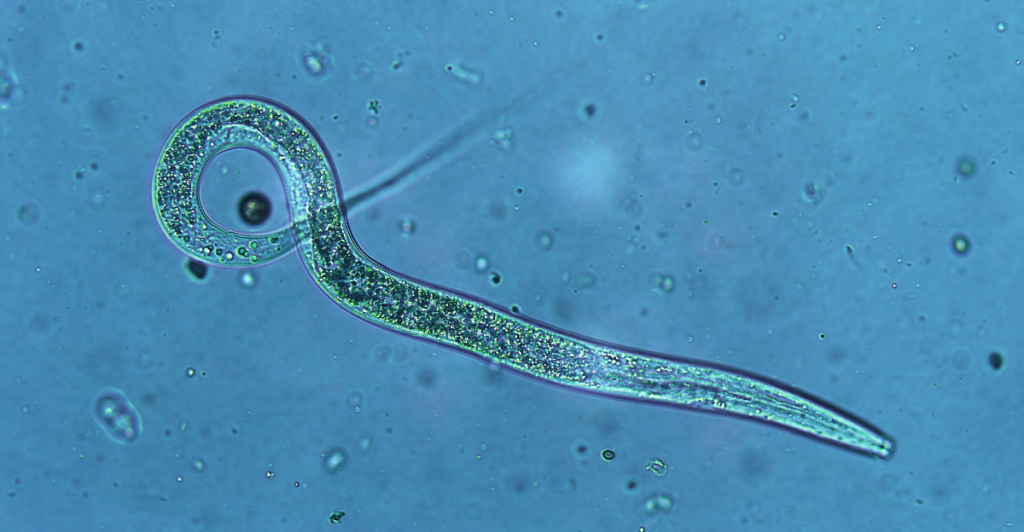
Naturally, scientists wanted to understand how these nematodes survived in such high salinity. As they couldn’t culture the nematodes, researchers conducted experiments using Caenorhabditis elegans, a well-studied roundworm.
A Diet For Survival
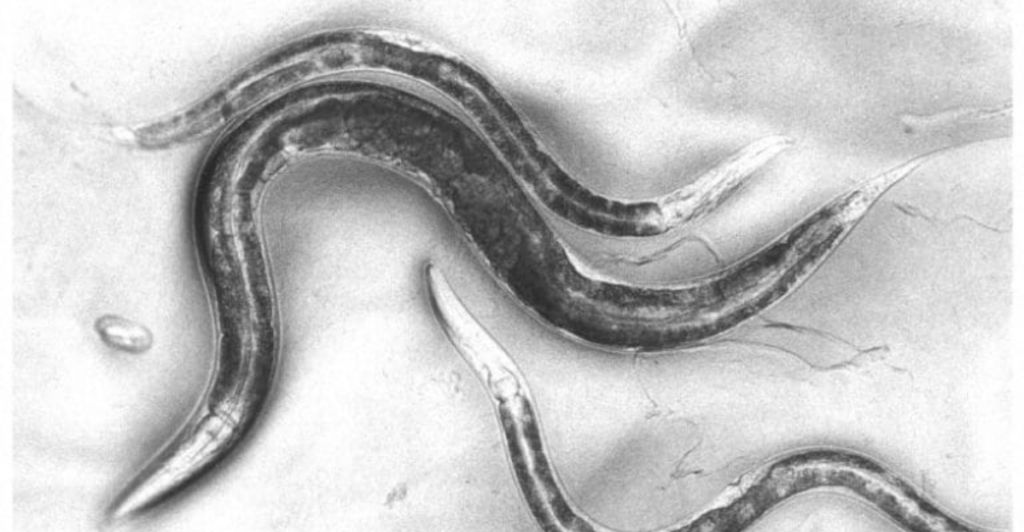
They found that worms fed bacteria from the Great Salt Lake’s microbial mats survived over 24 hours in the lake’s water, while those fed E. coli perished within five minutes.
A Divers Nematode Community
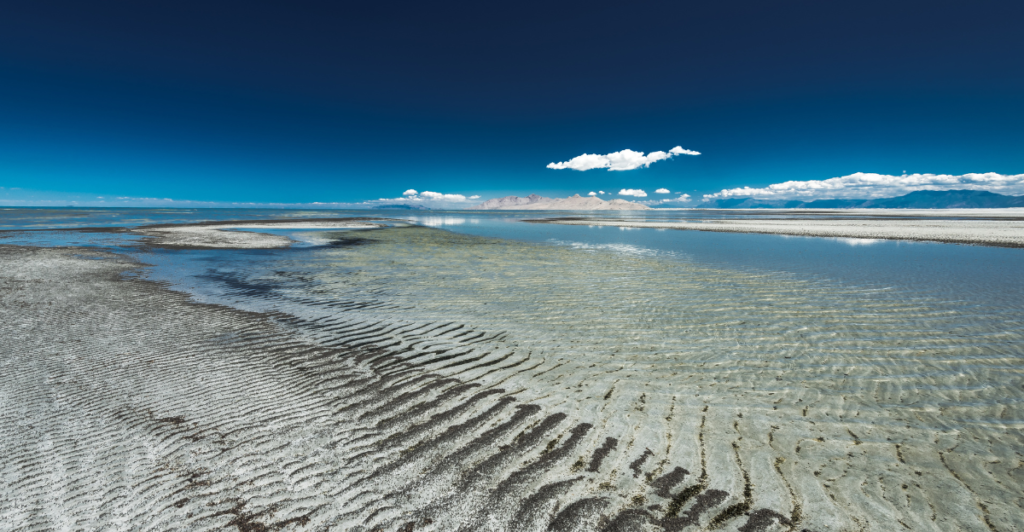
Genetic analyses revealed up to 80 nematode species in the lake’s brackish and hypersaline areas. Three species belong to known marine genera, but the majority did not match any existing classifications, suggesting the presence of unique species unique to the Great Salt Lake.
The Fragile Future Of The Great Salt Lake
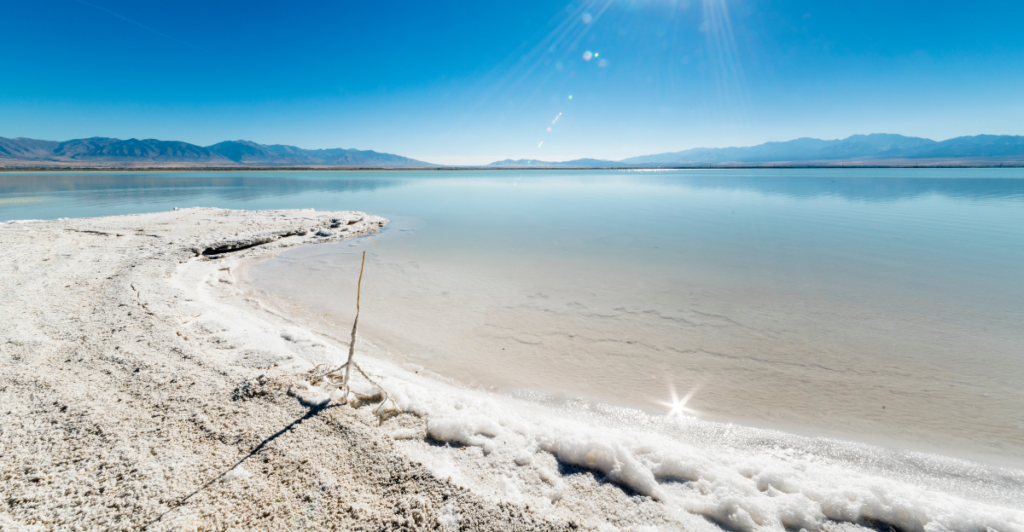
This discovery might still be new in science, but we’re losing it just as quickly. The Great Salt Lake faces significant environmental challenges. Water diversion for human use and climate change have led to receding water levels and increased salinity, threatening the delicate balance of this unique ecosystem.
A Need For Conservation
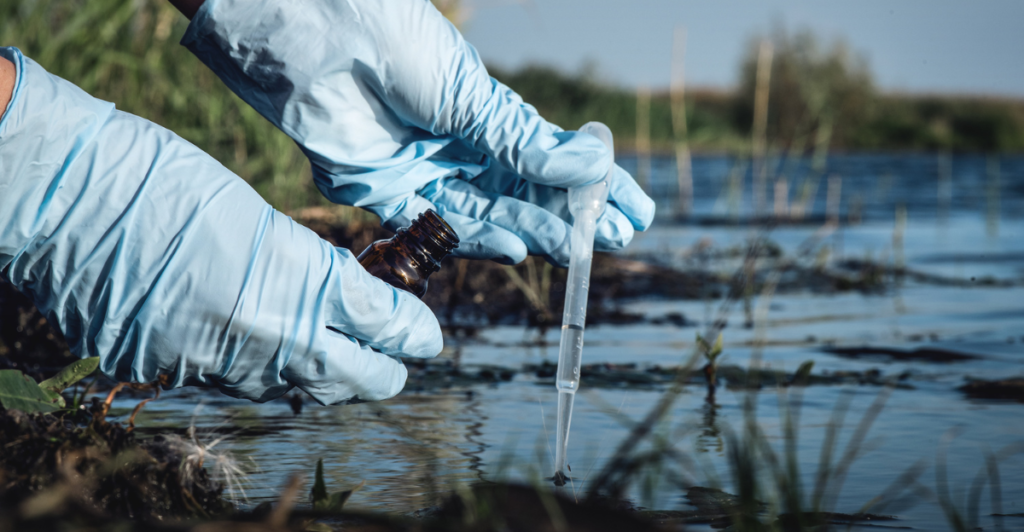
Without intervention, scientists believe that this ecosystem could collapse within years. Preserving the lake isn’t just about saving a body of water—it’s about protecting an evolving ecosystem that could hold valuable scientific insights. Understanding more about these critters could be life-changing for many reasons.
Rethinking Extreme Environments
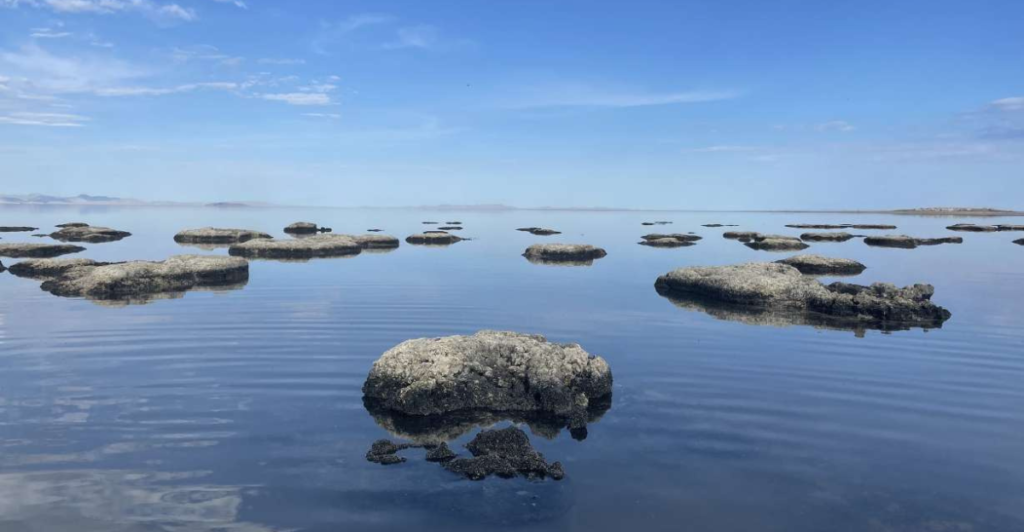
Now that we know that life can thrive in these harsh environments, it completely changes our understanding of life. If these nematodes can survive in a supposedly barren environment, how many other organisms can survive in similar environments?
The Importance Of Continued Exploration
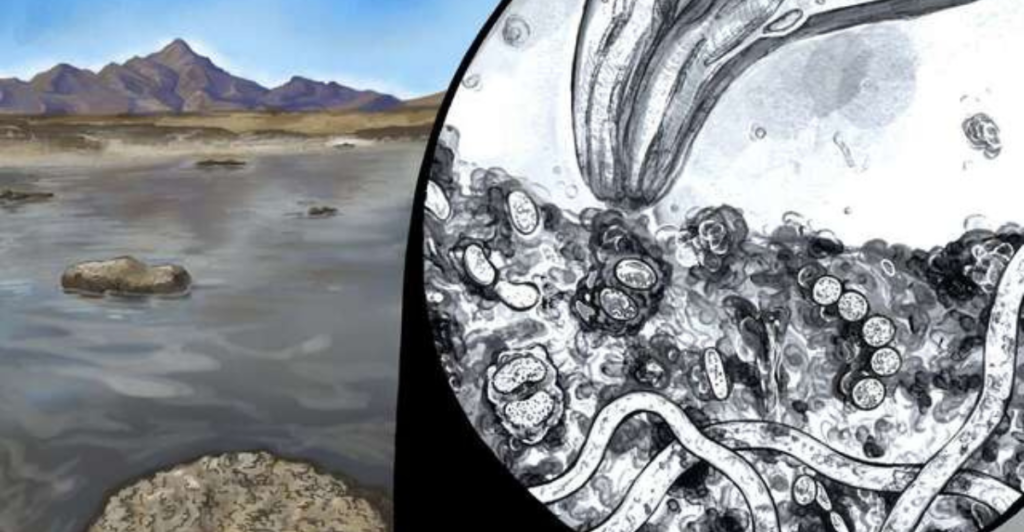
There is still much to learn about the resilience and adaptability of life, which could have broader implications for science and conservation. Ongoing studies of the lake’s biodiversity could unlock new insights into survival mechanisms, climate resilience, and biotechnology. Without continued exploration, we risk overlooking vital discoveries that could reshape our understanding of life on Earth.
Embracing The Unknown

This discovery reminds us of the mysteries still waiting to be found. It encourages a sense of curiosity and responsibility to explore, understand, and protect the diverse forms of life that share our planet.
Discover more of our trending stories and follow us to keep them appearing in your feed

Lake Shasta’s Remarkable Comeback From Drought Captured in Stunning Images
Massive Solar Plant Is Shutting Down Early—Saving Californians Over $500M
The Magnetic North Pole Just Shifted—Here’s What It Means
Polar Vortex Will Drop Temperatures By 30 Degrees In These States
References:
Reference 1
Reference 2
This article first appeared here
Stay connected with us for more stories like this! Follow us to get the latest updates or hit the Follow button at the top of this article, and let us know what you think by leaving your feedback below. We’d love to hear from you!







